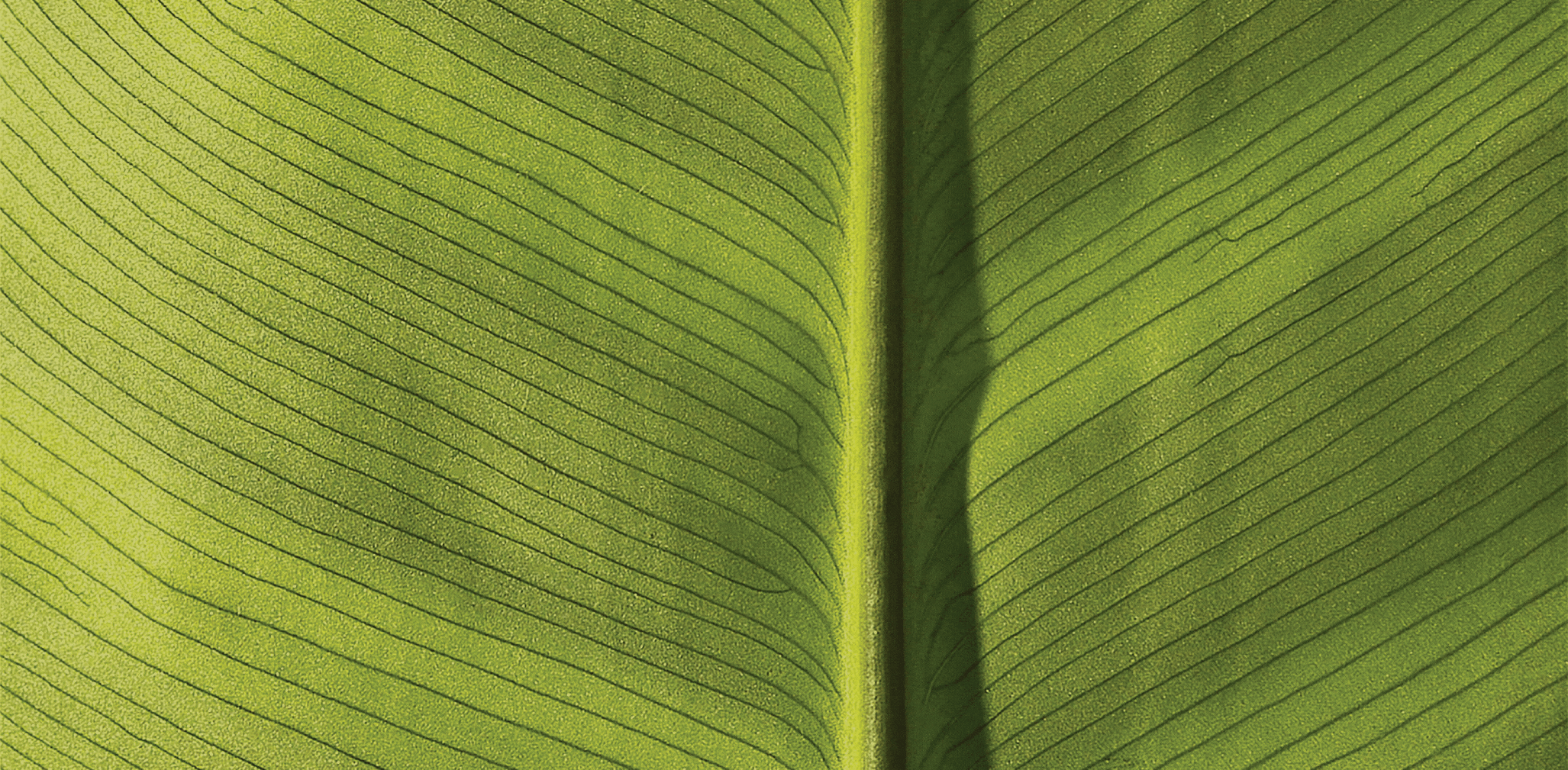How can we assess and measure your circularity?
More than 100 billion tonnes of extracted virgin materials now enter our economy every year. Less than 10% are ever cycled by for reuse. How can your business lead the transition to a circular economy by understanding and measuring your material flows?
It is becoming abundantly clear that the take–make–waste economic model of ‘business as usual’ comes with a cost we simply can't afford.
Today less than 10% of our world is circular. The way we are currently using materials is one of the primary drivers of climate change, generating 45% of our global emissions across 3 categories: food, construction and agriculture (Source: The Ellen MacArthur Foundation). Over the last five decades, the global extraction of materials has more than tripled, from 26.7 billion tonnes in 1970, to 92.1 billion tonnes in 2017 (Source: Circle Economy).
Shifting away from the take-make-waste model to the circular economy can unlock this 90% linear opportunity. Circular business models drastically reduce our dependence on minerals, fossil fuels, metals and biomass. Having the potential to eliminate the 22.8 billion tonnes of annual emissions associated with creating new products and reducing 39% of global GHG emissions.
This is an economic opportunity for businesses. In Auckland alone, the circular economy could unlock 8.8 billion dollars of new value. Making the shift can benefit businesses by creating greater profitability and efficiency, reducing waste and its associated costs and unlocking greater innovation - which benefits internal and external stakeholder relationships.
The opportunity for businesses.
While managers and CEO’s can often articulate the circular economy opportunity, identifying and understanding their baseline and clear goals is often where most encounter challenges. Common barriers include not knowing where to start and lacking a decision-making tool to support measurement, monitoring and engagement in current circular performance.
“I think the biggest challenge for us was measurability and being able to show to our employees that the work that they were doing to drive positive change was helping – a way of measuring and raising the standards of success.” - Mikayla Plaw, Executive Director and GM of Organisational Development and Sustainability for Profile Group.
Profile Group using the Circular Transition Indicator tool to assess and validate the circularity of packaging materials and systems at . Source: Profile Group
To help respond to these barriers, Circularity became the first company in New Zealand to be trained in the implementation of the Circular Transition Indicator (CTI), a tool that helps businesses assess linear risks and circular opportunities in their products, business models and supply chains. This provides businesses with a common language to measure and monitor their circular performance and support internal decision-making toward more impactful outcomes.
The Circular Transition Indicator is a globally accepted tool that was developed by Circular IQ in partnership with the World Business Council for Sustainable Development, with over 1,970 companies in 94 countries that use it globally. In Aotearoa, Circularity is working with Profile Group, Lion, Silver Fern Farms, and Bonson packaging to measure the circularity of their resources.
By partnering with Circularity you'll work with our circular economy practitioners to complete a validated assessment and draw best practice insights into setting your targets and planning scenarios for a range of opportunities to improve your circularity score.
Informing decision-making :
Circularity’s assessment framework uses CTI to put circular economy theory into practice by:
Identifying linear risks and circular opportunities of materials, packaging, energy and water.
Applying circular methodologies to design out or solve linear risks.
Validating the shift from linear to circular.
Informing business decision making and validating circular solutions.
Circularity is the implementation partner for the CTI Tool in New Zealand and can support in every step of the way. Our Circularity Assessment framework is a step by step process that outlines how a business can use the insights for key strategic decisions as well as reporting targets and objectives.
We guide you through the process:
Scope - kick of sessions to determine boundary and scope
Collect - weekly coaching sessions to support data sourcing
Calculate - calculating baseline circularity scores
Analyse - interpreting and presenting the results
Prioritise - working session to explore circular opportunities to improve your score
Apply - validating the opportunity
Share - communication assets for your reports and audiences.
Want to measure how circular your business is?
Get in touch with our Founder & CEO Louise Nash or Environmental Strategist Samantha Walmsley-Bartlett to find out more.




